
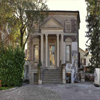
BROWSE HERE
Palazzo Sturm (previously called Palazzo Ferrari and Vanzo Mercante) is a historic building in Bassano del Grappa which houses the Ceramics Museum and the Remondini Press Museum. It was built in the mid-eighteenth century, in the area of Bassano del Grappa called Cornorotto, incorporating a stretch of walls, a tower and an existing nucleus of buildings from the fifteenth century on the left bank of the Brenta river. The imposing structure, originally commissioned by Vincenzo Ferrari, an industrialist as well as a thirsty merchant, was designed by the amateur architect Abbot Daniello Bernardi (1729 - 1806) and included about seventy rooms of various sizes, spread over seven levels.

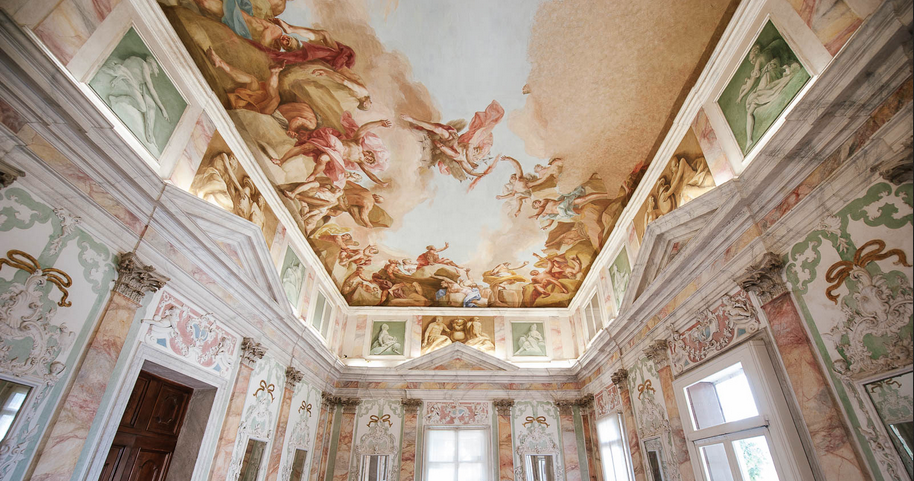
Palazzo Sturm, from whose belvedere you can enjoy an incomparable view of the river Brenta and the Ponte Vecchio, was donated to the town of Bassano by baron Giovanni Battista Sturm von Hirschfeld in 1943. The building has over seventy rooms on seven levels and decorated by the Veronese painter Giorgio Anselmi in about 1760. The mythological and allegorical subjects, represented with a taste that recalls the manner of the so-called Roman-Bolognese Baroque triumphs, allude to the commercial and economic enterprises of the manufacture of the Ferrari family. Currently the building houses the Giuseppe Roi Ceramics Museum, which collects collections of ancient ceramics, the Remondini Printing Museum, dedicated to the typography and chalcography of the famous family of graphic entrepreneurs.

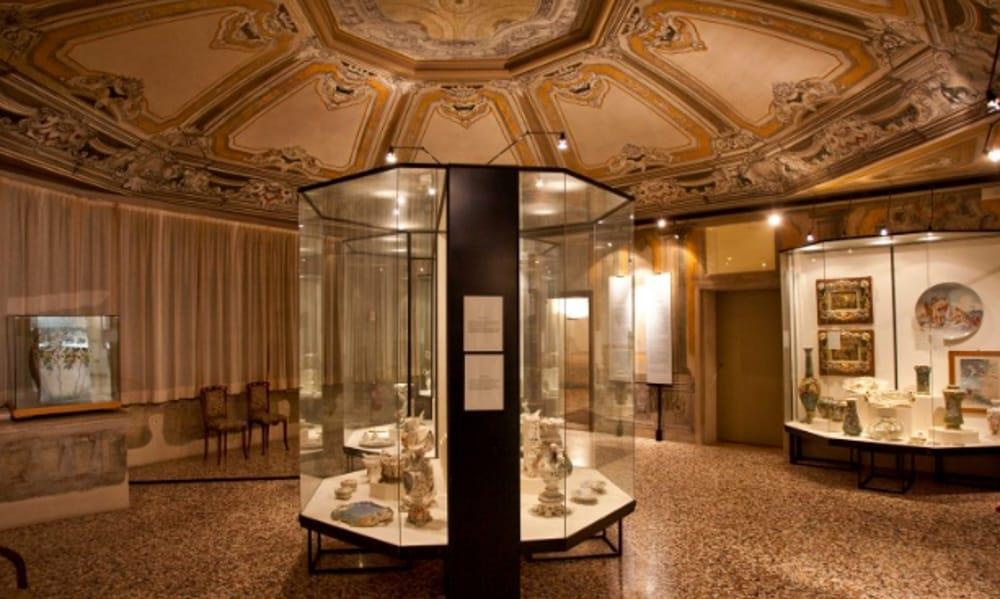
The Museum of Ceramics since 1992 is housed in Palazzo Sturm, a splendid eighteenth-century dwelling that welcomes visitors with an Ionic pronaos and a hall of honor frescoed in 1765 by the Veronese Giorgio Anselmi. The collection, from the most ancient fragments of medieval ceramics to Manardi majolica (seventeenth-eighteenth century) up to the works of internationally renowned contemporary artists, is set up according to chronological criteria in separate sections for authors and executive technique.

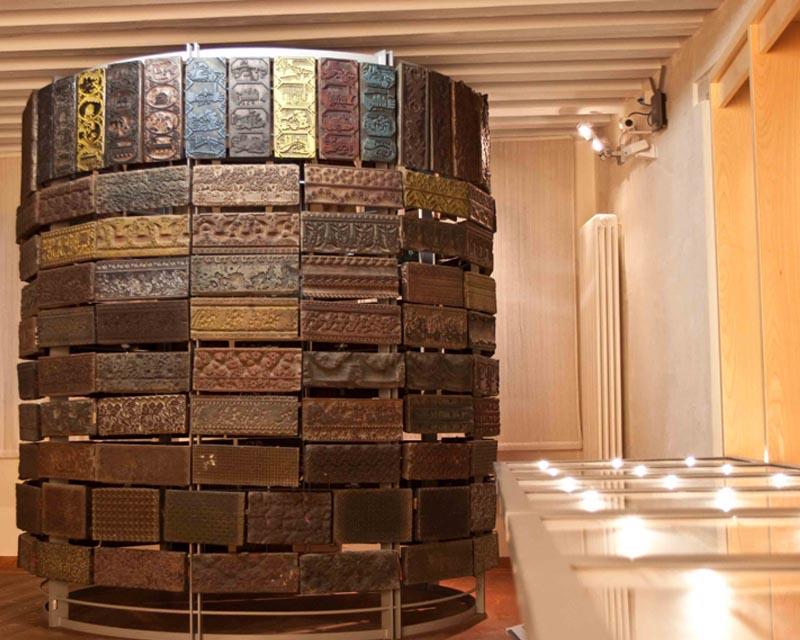
Palazzo Sturm can boast the Icom Award 2010 for the best "glocal" museum for the installation of the Remondini Printing Museum, opened in 2007. In a historic location of splendid architectural and decorative quality, a detailed exhibition respects the conservation criteria delicate and fragile material exposed to rotation flanked by multimedia and didactic devices.
The museum is one of the few in Italy dedicated to the press and certainly the most articulate, illustrating all aspects of the seven-nineteenth-century Remondini industrial phenomenon, in an ideal journey introduced by the silhouettes of the Tesins through all the production, books, decorated papers , the sacred and profane folk carvings, the cutouts, the soldiers, the games, the optical views, the etchings and the woodcuts of the great Italian and European engravers, among which Mantegna, Dürer, Luca di Leyda, Marcantonio Raimondi, Ugo da Carpi and Jacques Callot. There are also numerous prints by Dutch engravers such as Goltzius, and engravings reproducing paintings by Reni, Pietro da Cortona, Maggiotto, Longhi, Raphael, Rembrandt, Piazzetta, Tiepolo and Rubens.



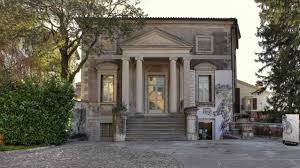
 nfo
nfo








